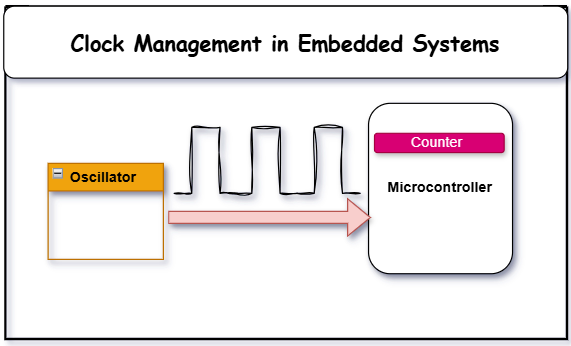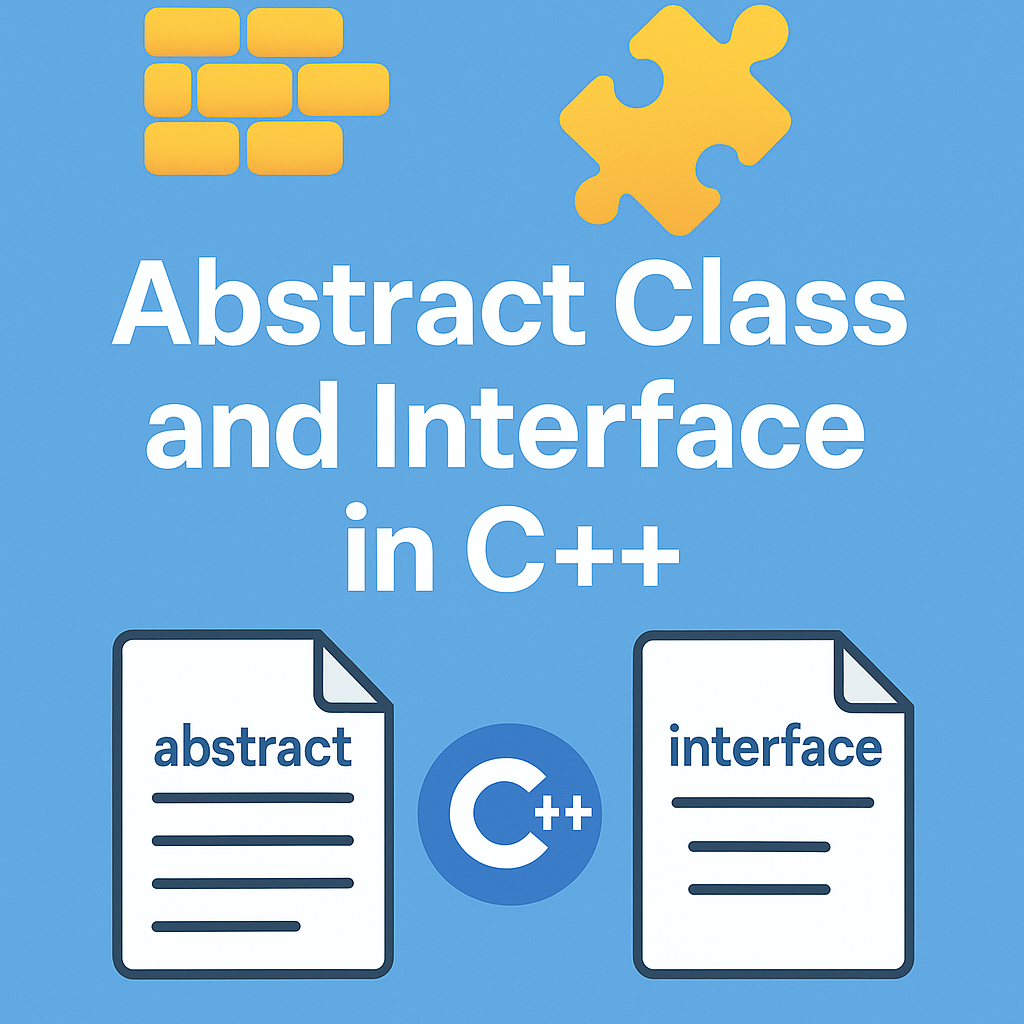Clock Management in Embedded Systems: In the world of embedded systems, clock management plays a critical role in ensuring the stability, performance, and efficiency of electronic devices. Whether it’s a microcontroller-based system or a complex SoC (System on Chip), understanding how to manage clocks effectively can lead to optimized power consumption, faster processing, and smoother device operation.
This article delves into the significance of clock management in embedded systems, exploring its core concepts, strategies, and best practices, along with providing valuable insights on how to handle clock domains, synchronization, and the power implications in real-world embedded applications.
What is Clock Management in Embedded Systems?
Clock management refers to the technique of controlling and coordinating the various clocks that drive the different components of an embedded system. A clock is an essential timing signal that dictates the operation of processors, peripherals, and other hardware modules. Managing these clocks efficiently is crucial for optimizing performance and minimizing energy consumption.
Key Concepts in Clock Management
- Clock Sources
- Internal Clocks: Generated within the chip or microcontroller. These clocks are typically low-power and can be used for general system operation.
- External Clocks: Sourced from external oscillators or crystals. External clocks are usually more accurate and are preferred for precise timing requirements.
- Clock Domains
- A clock domain refers to a group of circuits that are synchronized to the same clock signal. In complex embedded systems, multiple clock domains may exist, each responsible for different subsystems (e.g., CPU, peripherals, communication modules).
- Clock Gating
- Clock gating is a technique used to disable clocks to inactive circuits, reducing power consumption. By turning off the clock when it’s not needed, energy can be conserved, which is especially important in battery-powered devices.
- Clock Synchronization
- In systems with multiple clock domains, synchronization is key. Ensuring that different clock signals are aligned properly reduces the chance of data corruption or timing mismatches.
- Phase-Locked Loop (PLL)
- A PLL is a crucial component in embedded clock management. It adjusts the phase and frequency of a clock signal to synchronize it with an external reference signal, ensuring stability in system timing.
- Low-Power Clocking
- Embedded systems often need to operate under strict power constraints. Low-power clocking techniques, such as using slower clock frequencies or stopping unused peripherals, help minimize energy usage.
Why is Clock Management Important?
Performance Optimization
Clock management ensures that different subsystems within an embedded device are working at their optimal frequencies. By selecting the right clock speeds, you can boost performance without overburdening the power budget.
Power Efficiency
As mentioned earlier, power consumption is a critical factor in embedded systems, especially in battery-powered devices like wearables and IoT devices. Dynamic clock management, including techniques like clock gating and power scaling, allows embedded systems to reduce power consumption during periods of low activity.
System Stability
Clock synchronization across different components ensures data integrity and stable system operation. Misaligned clocks can lead to glitches, data corruption, or even system failure.
Cost Savings
Efficient clock management can reduce the need for extra power-hungry components, resulting in cost savings in both hardware and operational expenses, especially in large-scale deployments.
Techniques for Effective Clock Management
1. Dynamic Voltage and Frequency Scaling (DVFS)
DVFS allows you to adjust the voltage and clock frequency based on the system’s workload. By decreasing the clock frequency and voltage when the system is idle or under light load, you can significantly reduce power consumption. This technique is widely used in mobile and portable embedded devices.
Example Code:
if (system_load < LOW_THRESHOLD) {
// Lower frequency and voltage
set_frequency(LOW_FREQ);
set_voltage(LOW_VOLTAGE);
} else {
// Increase frequency and voltage
set_frequency(HIGH_FREQ);
set_voltage(HIGH_VOLTAGE);
}
2. Clock Gating
Clock gating is one of the simplest yet most effective techniques to save power. It involves shutting off the clocks to parts of the system that are not being used. For instance, if a peripheral is idle, its clock can be disabled to save energy.
Example Code:
if (peripheral_idle) {
// Disable clock to the peripheral
disable_clock(PERIPHERAL_CLOCK);
} else {
// Enable clock to the peripheral
enable_clock(PERIPHERAL_CLOCK);
}
3. PLL-Based Clock Management
When systems require high-frequency operation, but you want to minimize external clock sources, a Phase-Locked Loop (PLL) can be used to generate precise, high-frequency clocks from a low-frequency source. By adjusting the PLL multiplier, the system can obtain various clock frequencies without needing multiple external oscillators.
Example Code:
set_PLL_multiplier(PLLMULT_2X);
4. Adaptive Clocking
Adaptive clocking adjusts the clock frequencies based on environmental conditions, such as temperature or power consumption. This method is commonly used in automotive or industrial applications to ensure stable operation under varying conditions.
Best Practices for Clock Management in Embedded Systems
- Understand the Power and Timing Requirements: Before implementing clock management, carefully analyze the system’s power requirements and timing constraints. This ensures that the clock management strategy aligns with the system’s operational goals.
- Minimize Clock Sources: While external clock sources are necessary for certain high-precision tasks, minimizing the number of clock sources reduces complexity and power consumption. Use PLLs or internal oscillators where possible.
- Efficient Use of Sleep Modes: Most embedded systems come with various sleep or idle modes that reduce power consumption. Integrate clock management with these modes, turning off unnecessary clocks when the system is in low-power states.
- Implement Real-Time Monitoring: Continuously monitor clock states and adjust dynamically. Embedded systems can often benefit from real-time clock monitoring, especially in systems with multiple clock domains or variable load conditions.
- Test Clock Handling in Different Conditions: Ensure that the system performs well under different clock frequencies, environmental conditions, and workload scenarios. Stability is key to ensuring the system operates without unexpected crashes or data corruption.
Real-World Applications of Clock Management
- IoT Devices: These devices often run on battery power and require optimized clock management for power efficiency and extended battery life.
- Automotive Systems: Automotive ECUs (Electronic Control Units) benefit from clock management to ensure reliability and performance, especially in real-time applications.
- Wearables: Devices like smartwatches and fitness trackers need to manage clock frequencies efficiently to balance performance with battery longevity.
- Consumer Electronics: Efficient clock management is key in modern electronics like smartphones, where power efficiency is essential.
Conclusion
Clock management is a cornerstone of embedded system design, ensuring that systems operate at peak efficiency without compromising performance or reliability. By leveraging techniques like clock gating, PLLs, and DVFS, developers can optimize both power consumption and system functionality.
Mastering clock management is essential for designing high-performance, power-efficient embedded systems. Whether you are working with microcontrollers, SoCs, or complex embedded architectures, understanding how to manage clocks effectively will lead to significant improvements in your designs.
Frequently Asked Questions (FAQ) on Clock Management in Embedded Systems
1. What is clock management in embedded systems?
Clock management refers to the techniques used to control and synchronize the timing signals (clocks) that drive different components of an embedded system. It involves managing clock sources, domains, and synchronization to optimize power consumption, performance, and stability.
2. Why is clock management important in embedded systems?
Effective clock management ensures that the system operates efficiently, balancing performance and power consumption. It also helps avoid system crashes, data corruption, and instability by synchronizing multiple clock domains and adjusting clock frequencies based on workload and power constraints.
3. What are clock domains?
A clock domain refers to a group of components in a system that are synchronized to the same clock signal. In embedded systems, different subsystems may operate in separate clock domains, which require careful synchronization to avoid data corruption and maintain system stability.
4. What is clock gating, and how does it help in power management?
Clock gating is a power-saving technique where the clock signal to inactive parts of the system is turned off. By disabling the clock to unused components, power consumption can be significantly reduced, making it an essential technique for energy-efficient embedded systems.
5. How does Dynamic Voltage and Frequency Scaling (DVFS) work in clock management?
DVFS dynamically adjusts the system’s clock frequency and voltage according to the workload. When the system is under low load, the clock frequency and voltage are reduced to save power. Conversely, when the load increases, the frequency and voltage are increased to maintain performance.
6. What is a Phase-Locked Loop (PLL) and how is it used in embedded systems?
A Phase-Locked Loop (PLL) is a circuit that synchronizes the frequency of a clock signal with a reference signal. In embedded systems, PLLs are used to generate high-precision clock signals from lower-frequency sources, ensuring that the system operates with accurate and stable timing.
7. What are the common techniques for clock synchronization in embedded systems?
Common techniques for clock synchronization include using PLLs, clock domain crossing (CDC) techniques, and using asynchronous FIFOs or buffers to ensure that data is correctly transferred between different clock domains.
8. How does clock management impact system stability?
Proper clock management ensures that all components within a system operate in sync, preventing timing mismatches that could lead to glitches, data loss, or system failures. Stable clock management is vital for the reliable operation of embedded systems, especially in real-time applications.
9. What is low-power clocking, and why is it important?
Low-power clocking involves adjusting the system’s clock frequencies or stopping clocks for unused peripherals to minimize energy consumption. This technique is especially important in battery-powered devices like wearables and IoT sensors where power efficiency is a primary concern.
10. What are the real-world applications of clock management in embedded systems?
Clock management is widely used in various embedded systems, such as IoT devices, automotive systems, wearables, and consumer electronics. It is crucial for ensuring that these devices operate efficiently, provide accurate timing, and conserve energy.
11. How can I implement clock management in my embedded project?
To implement clock management in your embedded project, you should:
- Analyze the system’s power and timing requirements.
- Select appropriate clock sources and configure PLLs.
- Use techniques like clock gating and DVFS to manage power.
- Ensure proper synchronization across different clock domains.
- Integrate low-power modes and dynamically adjust clocks based on workload.
You can also Visit other tutorials of Embedded Prep
- What is eMMC (Embedded MultiMediaCard) memory ?
- Top 30+ I2C Interview Questions
- Bit Manipulation Interview Questions
- Structure and Union in c
- Little Endian vs. Big Endian: A Complete Guide
- Merge sort algorithm
Special thanks to @mr-raj for contributing to this article on Embedded Prep
Mr. Raj Kumar is a highly experienced Technical Content Engineer with 7 years of dedicated expertise in the intricate field of embedded systems. At Embedded Prep, Raj is at the forefront of creating and curating high-quality technical content designed to educate and empower aspiring and seasoned professionals in the embedded domain.
Throughout his career, Raj has honed a unique skill set that bridges the gap between deep technical understanding and effective communication. His work encompasses a wide range of educational materials, including in-depth tutorials, practical guides, course modules, and insightful articles focused on embedded hardware and software solutions. He possesses a strong grasp of embedded architectures, microcontrollers, real-time operating systems (RTOS), firmware development, and various communication protocols relevant to the embedded industry.
Raj is adept at collaborating closely with subject matter experts, engineers, and instructional designers to ensure the accuracy, completeness, and pedagogical effectiveness of the content. His meticulous attention to detail and commitment to clarity are instrumental in transforming complex embedded concepts into easily digestible and engaging learning experiences. At Embedded Prep, he plays a crucial role in building a robust knowledge base that helps learners master the complexities of embedded technologies.



Leave a Reply